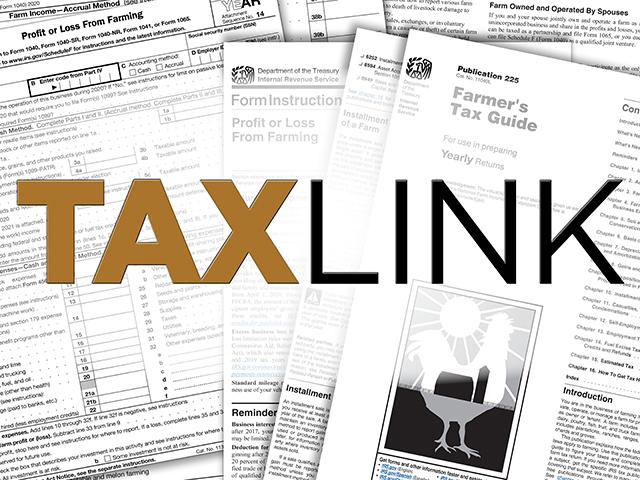Taxlink
How To Determine Worker Classification
Farms are getting bigger and bigger. What does this mean? Farmers need more help.
Sometimes, the best solution is to hire someone to plant, spray and/or harvest. Other times, it's better to hire a full-time employee. However, hiring an employee requires the farmer to set up and maintain payroll. To avoid this hassle, the employee is often improperly called an independent contractor.
There can be substantial tax issues if an employee is misclassified, so it's important to review what is an employee versus an independent contractor.
According to the IRS, there are three categories to look at when determining worker classification: behavioral control, financial control and relationship.
Behavioral control is when the employer has the right to direct or control the work performed. That means the more the employer can control behavior (type and degree of instructions, training), the more likely the worker is an employee.
P[L1] D[0x0] M[300x250] OOP[F] ADUNIT[] T[]
Financial control is the employer's right to direct or control the financial and business aspects of the farm. Examples are the employer providing equipment for use, giving guaranteed and regular wages and reimbursing expenses. The more financial control, the more likely a worker is an employee.
A relationship is how the employer and worker perceive their interactions with each other. Was there a contract that describes the relationship? Does the employer provide benefits? Is the worker perceived as a key or important member of the business?
There is no magic formula to determining an employee versus an independent contractor. The key is to look at the entire relationship. If the employer has enough control over the worker, they are an employee. If the worker has autonomy, they are an independent contractor.
Right now, you may be asking so what? If you misclassify an employee as an independent contractor, you will be liable for unpaid employment taxes for that worker. Unlike other liabilities, payroll taxes not only attach to the business but also to the person responsible for remitting them. In other words, the employer (farmer) would personally be on the hook for them.
Now that I've scared you, how do you pay employees and independent contractors? Employees are paid wages that are reported on a 943/W-2. Independent contractors are paid with cash or commodities, and the employer reports it on a 1099. The independent contractor is responsible to pay the self-employment tax on his or her return. The employer has no fiduciary duty to collect and remit payroll tax.
Now is a good time to look at employee classification. As previously stated, there isn't a hard and fast rule to determine if the worker is an employee or an independent contractor. I tell my clients to use the smell test: If both the employer and worker act and behave like there is an employment relationship, the worker should be considered an employee. It's better to go through a little extra work and file the 943/W-2 than to potentially owe the IRS for failure to pay employment taxes.
**
-- DTN Tax Columnist Rod Mauszycki, J.D., MBT, is a tax principal with CLA (CliftonLarsonAllen) in Minneapolis, Minnesota.
-- Read Rod's "Ask the Taxman" column at about.dtnpf.com/tax
-- You may email Rod at taxman@dtn.com
[PF_0122]
(c) Copyright 2022 DTN, LLC. All rights reserved.




